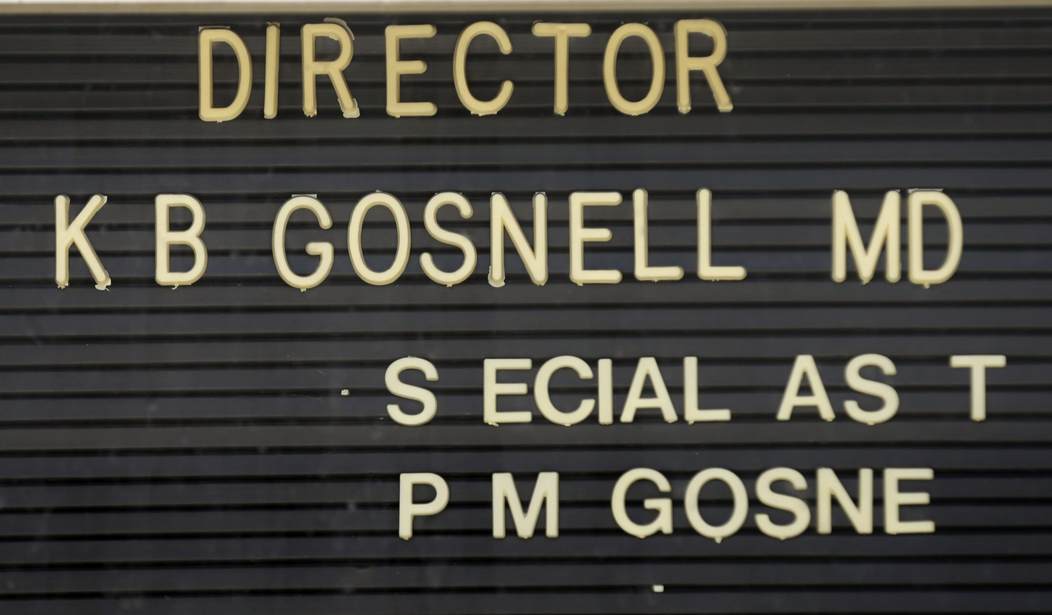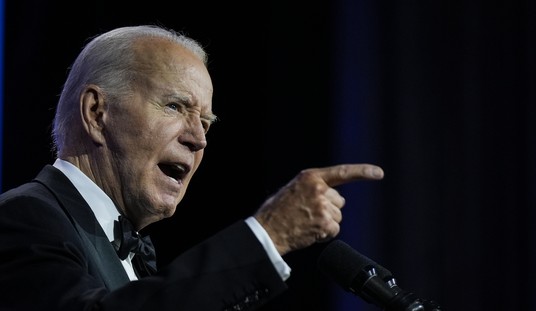The film Gosnell: The Trial of America’s Biggest Serial Killer is still making the rounds across the country and has received pretty good reviews, but it has been unofficially banned in Philadelphia. Not officially banned, of course, like the old days of Banned in Boston, but banned nevertheless. The film was released on October 12 but not one Philadelphia-based movie theater had yet booked the film weeks later. Where can Philadelphians go to see the film? To the far suburbs, of course, or into the hinterlands of New Jersey where there doesn’t seem to be film censorship.
A Philadelphia Weekly review faults the movie for not being “Philly” enough. Never mind the fact that the film covers the sordid career of Dr. Kermit Gosnell’s abortion factory in West Philadelphia, a 2,700-square-foot space that (as LifeSiteNews reported) “was an unsanitary, blood-stained site where Gosnell cut the spinal cords of hundreds of newborns; where witnesses described infants who survived initial abortion attempts as ‘swimming’ in toilets ‘to get out’; where the feet of aborted babies were stored in a freezer.”
The PW reviewer focuses on the superficial: “In the movie itself, none of the characters sound like they’re from Philly, and the streets don’t look anything like Philadelphia streets. Yes, there are numerous Center City skyline establishing shots, and at one point someone mentions the previous day’s Eagles game. But when it comes to showcasing the authentic Philly experience, this is no ‘Rocky.’ It’s not even an ‘Invincible’”.
I don’t think the film’s producer Ann McElhinney or its screenwriter Andrew Klavan especially cared about location, but instead were adamant about getting a message across. Who making or watching this movie would care if the Philly skyline is a copy-and-paste job or reel-to-reel authentic?
Years ago, I worked in an operating room and one of my tasks was to do pathology runs for the scrub nurses, which meant taking tumors and nodules extracted by surgeons to the pathology department. At this hospital there were also a lot of therapeutic abortions, so my tray of specimens was sometimes filled with jars of fetuses.
A lot of the women being wheeled into the OR for therapeutic abortions then were young single women who seemed to be using abortion as a form of birth control. Probably not in all the cases, but my sense at the time was that many of them were.
As a male, I felt I had to keep quiet about these procedures. What did I know about women’s bodies? This was the age of feminism (the 1970s) after all, when books like Our Bodies, Ourselves made it to bestseller lists, and when all good political radicals were taught that men had no say when it comes to women’s bodies. But was abortion a woman’s body issue or was it a “human life in a woman’s body” issue? That was the existential question.
The sight of so many fetuses — or babies — in jars floating around like astronauts in space disturbed me. In the operating room, when a scrub nurse would deliver a fetus/baby in jar to the hospital workroom, generally the nurses’ aides would hide the jars on a tall shelf until it was time for me to take the basket to pathology. One nurse refused to assist at the abortion procedures. She was a Russian Orthodox woman who wore a silver three-bar cross. “I made it clear to them that I would not assist in abortions,” she told me then. “I told them they would have to find another nurse.”
The high number of abortions in the OR seemed to upset quite a number of the scrub nurses, but they could not bring themselves to do what this nurse had done. Once I saw a nurse crying after a particularly long abortion. She entered the workroom in tears. “It’s about the abortion she just assisted,” another nurse whispered. Something happened in that operating room, but what?
When West Philadelphia doctor-abortionist Kermit Gosnell was arrested in 2011 for operating an out-of-control, illegal abortion clinic, I thought of all the little fetus jars in my specimen basket in that Boston hospital. Some of those specimens were as old as four months. In 2013, Dr. Gosnell was convicted on three counts of first-degree murder. Records indicate that his staff stuck scissors into the necks of three babies after failed abortions.
Getting Gosnell made was an uphill challenge because Hollywood producers turned away as if hit by waves of vernix caseosa. Hollywood’s rejection forced the film’s producers to rely on crowdfunding. Planned Parenthood, that paragon of free choice and tolerance, aimed its guns in an attempt to prevent private screenings of the film. Even Facebook, that multicultural, diverse online Matrix community center where “every point of view” counts, rejected scores of ads for the film. According to some reports, 200 theaters across the nation dropped the film like a hot potato.
Because the film is pro-life, it is seen as Public Enemy Number One. NPR, for instance, refused to advertise the film because the script calls Dr. Gosnell an “abortionist.” That word is forbidden on NPR because it seems to suggest that there’s something rotten with abortion. But Dr. Gosnell was an abortionist. He was not a benign family practitioner.
Orthodox feminists view the death of fetuses or babies in the womb as unpleasant collateral damage when dealing with the far more important issue of women’s health care. A feminist reporter writing for the Philadelphia Weekly some years ago had this to say about the Gosnell case: “Gosnell is the result of politicizing women’s health care, and his case, in turn, has been used to further politicize women’s health care. Real information about the effect of shutting down abortion clinics — preventable injury, illness, and death, not to mention forced births, all of which happened at Gosnell’s clinic — has been squeezed out of the conversation.”
That PW reviewer admitted that the acting in Gosnell was stellar but faulted the film, as I stated, for being filmed in Oklahoma and not Philadelphia. The reviewer also said it wasn’t a real Philly film at all because the producers didn’t even have a Philadelphia premiere. I suspect the producers knew what they were doing. What kind of a reception would they have gotten in Philadelphia if a premiere had been planned at the series of Ritz theaters in Society Hill? First of all, no theater would have given them the space; secondly, the protests from Philadelphia’s Leftist Progressive community — those third-wave feminists with blue hair — would have been through the roof. Proof of this is the fact that no theater in the city booked it after release. My guess is that it will never be shown in Center City theaters.
National Review blames the censorship around the film on the philosophy of radical leftists. “Radical leftists zealously believe that abortion must be defended at all costs, even if it means whitewashing its bloody, half-century legacy of mass genocide in our nation’s inner cities.”
As for the former abortion building, it has been boarded up for years because real estate agents are having a hell of a time trying to sell it. As one agent said, “When you have a horrific event that’s inside a single-family residence, such as Jeffrey Dahmer’s apartment, the effects on real estate are typically more profound because people live there and sleep there, and there are memories that you don’t want to go home to. With commercial properties, while there can be an effect, it’s usually different and typically less.”
Yet that remains to be seen.









Join the conversation as a VIP Member